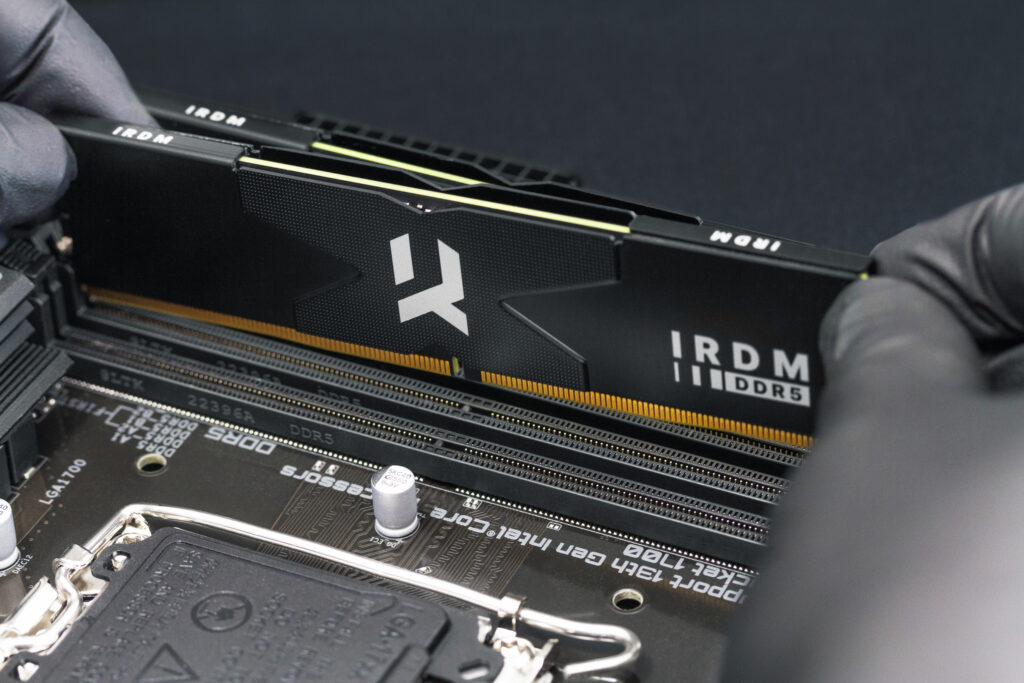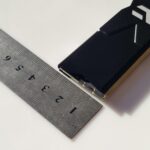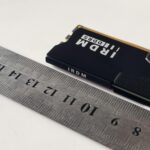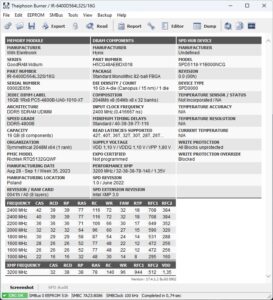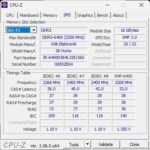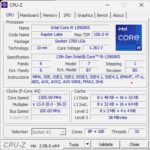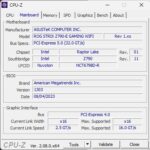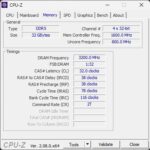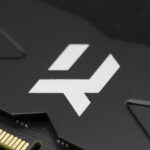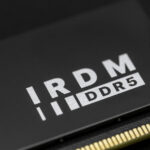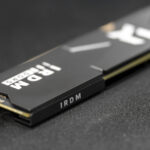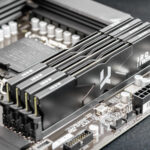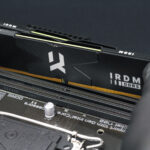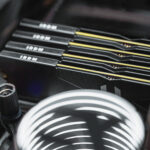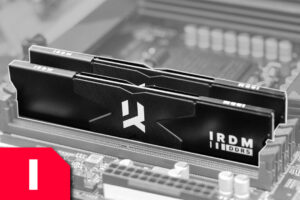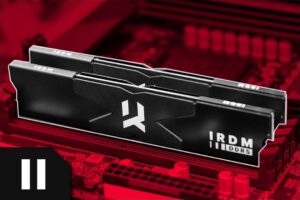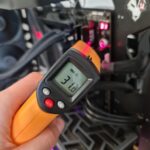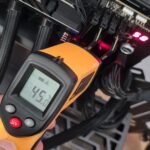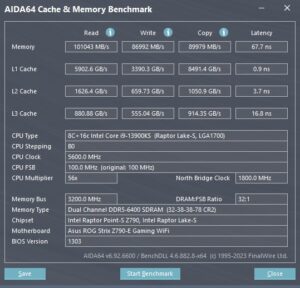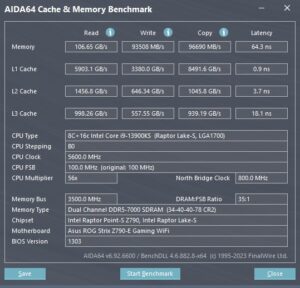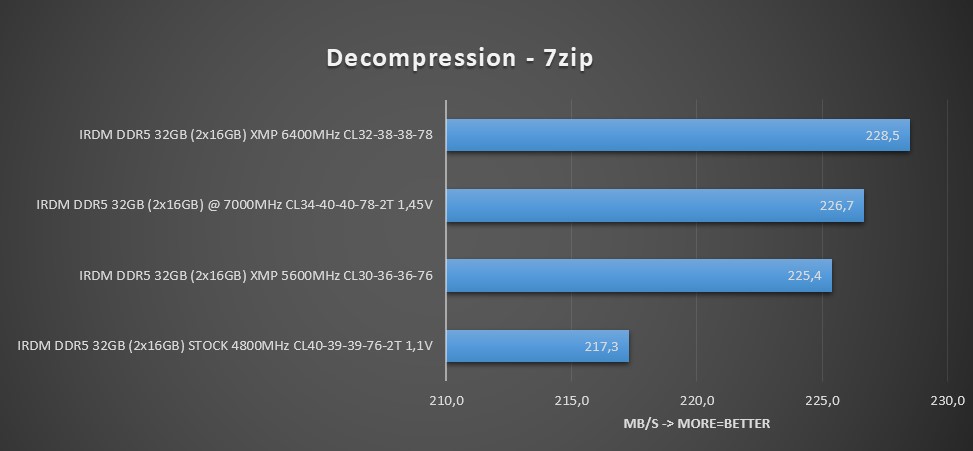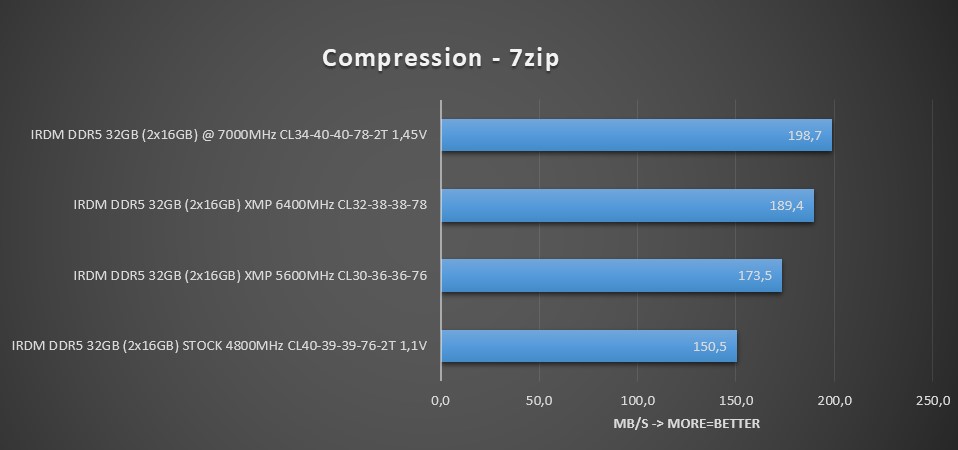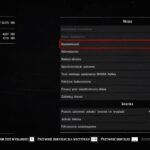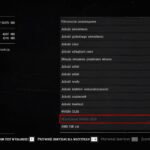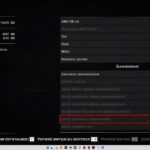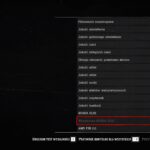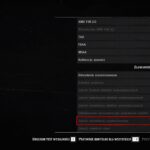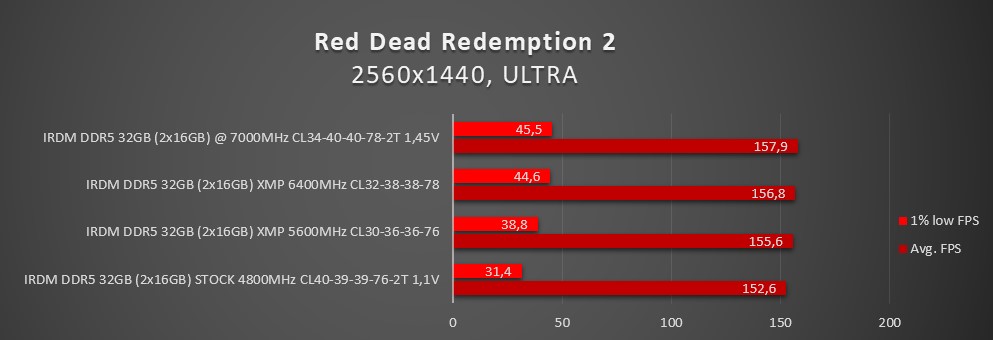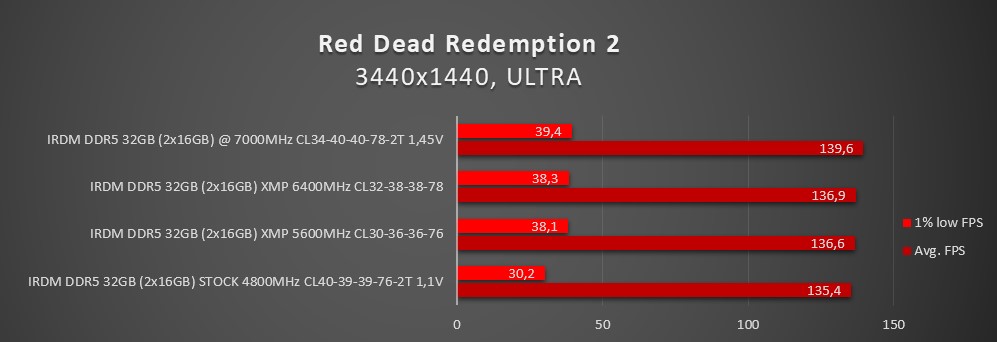Тест модуля — IRDM DDR5
3 января 2024Последнее изменение: 9 января 2024
In today’s rapidly developing world of technology, RAM modules play an extremely important role, being a key component of computer hardware. As technology advances, manufacturers strive to constantly improve their products, introducing modern solutions that significantly affect the performance and efficiency of systems. In recent years, DDR5 memory modules have become a particular focus, redefining standards in speed, capacity, and energy efficiency.
The DDR5 generation, the successor to the popular DDR4, brings numerous innovations that deserve special attention. In this material, we will focus on analyzing IRDM DDR5 modules and clearly show what benefits and innovations DDR5 technology brings to the user. From data transfer speeds to advanced features, DDR5 modules represent a step forward in the world of RAM, offering powerful capabilities for gamers, technology enthusiasts, and IT professionals. We’ll walk through the key features, compare the impact of module speeds and latency on the overall performance of the entire computer, and mention the direction we took when designing the new product with the IRDM logo. Get ready for an analysis of RAM modules that have quite an impact on the future of computers.
All variants
The tested product from the DRAM group is IRDM memory modules of the latest DDR5 generation.
You can find IRDM DDR5 in different capacity variants and a wide spectrum of speeds. These modules are available in sets (kits) of 2 x 16 GB and 2 x 32 GB. Currently, purchasing the modules in a kit consisting of two modules is only possible. In the future modules may appear in single packs, as in previous generations.
Speed variants start at 5600 MT/s and go up to speeds of 6800 MT/s. We will test a variant with speeds of 6400 MT/s and latencies of 32-38-38-78 1.35V.
A full table of available variants can be found below.
Colors & Dimensions
IRDM DDR5 modules come in a single-color variant. Such a decision often happens among the most popular memory manufacturers on the market. The black color of the modules is universal and will match any PC kit.
The heatsink of IRDM DDR5 modules can be categorized as low-profile. Due to the lack of RGB backlighting, the heatsink protrudes less than 2 mm above the top edge of the PCB, so when choosing IRDM DDR5 modules, you do not need to worry about the problem of mounting, as the modules should not interfere with any solution among all coolers available on the market. The total height of the modules is 3.5 cm.
Testing platform
Our test of IRDM DDR5 modules begins a series of tests of our products under strict conditions and on specific components. Such tests will allow you to estimate the performance of one product compared to another, making your purchasing decision easier.
Since we mentioned the testing conditions, we can’t leave out here the test platform, which consists of the following components:
CPU
- Intel i9 13900KS
Motherboard
- Asus ROG STRIX Z790-E Gaming Wifi
GPU
- Gainward RTX 4080 Phoenix
RAM
- IRDM DDR5 6400 MHz XMP CL32-38-38-78 2T 1,35 V
PSU
- bQ! Pure Power 1000W (L12-M-1000W)
Drives
- IRDM PRO M.2 1 TB
- IRDM PRO M.2 1 TB (without heatsink)
PC case
- CoolerMaster Masterframe 700
CPU cooler
- AiO Endorfy F360
Monitor
- AOC U34G2G4R3
Pyrometer
- Benetech GM320 (zakres: -50 – 400°C)
System
- Windows 11 Pro 23H2 (22631.2506)
- NVIDIA GeForce 546.01
Pre-test, chip grade and XMP profile
One XMP profile has been prepared for IRDM DDR5 modules for the Intel platform. The OC profile for AMD platforms works in DOCP mode.
Activating the XMP profile changes the speed, CL, and voltage values of the modules to 6400 MT/s, CL32-38-38-78, 2T, and voltage to 1.35V.
The IRDM DDR5 modules we took for testing are built with Hynix A-Die dice which will probably allow for pretty good OC, but we’ll check that a little later. The 32 GB set (2 x 16 GB) is a combination of two Single Rank modules.
Additional screenshots from the CPU-Z program, show the remaining parameters of the entire test platform and memory modules with the XMP profile active.
Design of IRDM DDR5 modules
When designing the heatsink for the latest generation IRDM modules, we suggested minimalism and elegance, which has been well adopted in IRDM PRO DDR4 modules (e.g. Deep Black or Hollow White).
The design of DDR5 modules differs strongly from DDR4 due to the sheer presence of the PMIC, which is the topmost electronics component of the entire module. The presence of the PMIC forced us to modify the heat sink quite a bit, resulting in an additional embossing in the middle. This ribbing is not just a stylistic treatment, but a necessary measure to ensure that no active or passive components come into contact with the heat sink from the inside. Similar contact between components and the metal heat sink during computer operation could result in short-circuiting the memory modules themselves or the entire computer.
Generally about the parameters of RAM modules
In our review, there are bound to be many initially obscure issues related to the construction, speeds, or latency of the modules. The relationships between all the parameters of the memory modules are described in our blog, which we invite you to visit before exploring the rest of the review.
Structure and types of RAM
⬇️
RAM speeds
⬇️
CL, voltages, and theoretical performance of RAM
⬇️
Tests of IRDM DDR5 modules
Before the first tests, we decided to check the temperatures of the modules at rest and compare them later to the temperatures the modules will reach during load.
The temperature is measured at three points on one side of the module only, as the 2 x 16 GB IRDM DDR5 are Single Rank modules in a Single Sided arrangement, i.e. 8 chips in a 2048×8 organization arranged on one side of the PCB only. Module temperatures settle around 31°C — the standard temperature that almost all memory modules will have.
We filled the RAM to over 80% using MemTest. Temperatures did not exceed 46°C after a 10-minute sustained load. Interestingly, it was the power management chip (PMIC) that was the coolest place, as temperatures of this chip did not exceed 34°C under such a heavy load.
Finally, it is worth noting that the case used in the test computer is of the benchtable type, that is, it is completely open and has no additional airflow directed at the RAM modules themselves. With a standard chassis, the modules’ operating culture and temperatures could be even better with good airflow (airflow) in the chassis.
AIDA64
In the next test, the AIDA64 Cache&Memory Benchmark program comes to our aid. This is a built-in benchmark in AIDA64 Extreme, which is very good at verifying memory read and write speeds, and is additionally able to show copy speed and response time (latency). All speeds are given in megabytes per second (MB/s), while latency (latency) is expressed in nanoseconds (ns.).
You can learn more about speed and latency, as well as how to accurately count the theoretical performance of the modules, in the material on our blog.
While testing our modules, we decided to try to manually «squeeze» more out of IRDM DDR5 from the predefined XMP profile. The quality of the components used, allowed us to achieve 7000 MT/s, leaving very similar latencies of CL34-40-40-78, 2T. It was necessary to increase the voltage to a value of 1.45 V for the modules to operate stably during maximum load. In latency, we slightly modified the value of tRCD and tRP compared to the predefined XMP profile.
Manual OC is a great example to show how much additional potential there is in Hynix A-Die active chips, from which our IRDM DDR5 modules are built. We have a suspicion that the result of 7000 MT/s and CL34 is not yet the maximum of possibilities 🙂
It is worth remembering that the potential for manual overclocking of memory depends on the specific unit and may differ in favor or against each other. Choosing two identical sets of modules, it is not certain that both will have identical results after performing manual configuration.
Continuing with tests comparing the performance and speed impact of the modules in various applications, it was time to see how IRDM DDR5 without OC, with XMP profile active and manual OC would handle compression and decompression during the 7zip performance test.
And finally, we left a well-known benchmark — 3DMark Time Spy. The results for each module setting are as follows:
The «Overall Score» consists of scores from the «CPU» and «GPU». After the CPU, you can see how much impact the speed and response time of the modules have on the final score of the overall test. A similar score can’t be translated 1:1 into the number of frames per second in games, but it’s good to know that there’s still a significant difference in performance especially in the CPU places. We will check the FPS differences in the next stages.
Gaming tests
It’s high time to move on to the tests that will probably interest many the most. We are taking only IRDM DDR5 for comparison and will check how big the differences will be from the tests without the active XMP profile, with the XMP profile and after manually overclocking the modules — we remind you that in our case we managed to pull 7000 MT/s and CL34-40-40-78 2T at 1.45V. The voltage itself is 0.1 V higher than the prepared value in the predefined XMP profile.
For the test environment we take the most popular game, the action of which takes place in the wild west 🙂
Tests conducted at two resolutions: 2560×1440 and 3440×1440. For Red Dead Redemption 2, we set all graphics settings to maximum quality, and for each configuration tested, these settings are identical.
2560×1440:
3440×1440:
The results from the 2560×1440 resolution for individual module speeds should come as no surprise to anyone, but it is worth paying special attention to the 1% low.
At a resolution of 3440×1440, the results are as follows:
The results of the 1% lowest FPS, is a key parameter to monitor when checking hardware performance. It describes the lowest frames per second, which occur 99% of the time below the minimum FPS and are actually perceived as real (minor) screen cuts.
More titles will appear in future tests, where we will test the capabilities of more products and compare them with each other.
What game would you like to see our products perform in? Write your suggestion to marketing@goodram.com
Want to learn more about our gaming products? Take a look at our website — IRDM
